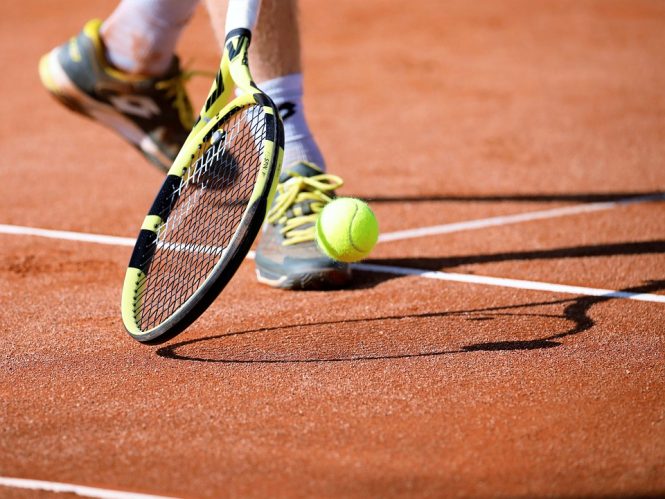
Understanding Court Surfaces: Clay, Grass, and Hard Courts Explained
The surface on which a tennis match is played can have a significant impact on the game. Each court surface has its unique characteristics, advantages, and challenges, which can affect the way players perform and the overall outcome of a match. In this article, we will delve into the world of court surfaces, exploring the differences between clay, grass, and hard courts, and what makes each one special.
Clay Courts
Clay courts, also known as dirt courts, are made of crushed stone, brick, or shale. They are the most traditional and oldest type of tennis court surface, with a history dating back to the 19th century. Clay courts are commonly found in Europe, particularly in France, Spain, and Italy, where they are a staple of the tennis scene.
Characteristics of clay courts:
- Slower pace: Clay courts are known for their slow pace, which means the ball bounces higher and slower, giving players more time to react.
- Higher bounce: The ball tends to bounce higher on clay courts, which can make it more challenging for players to control their shots.
- More forgiving: Clay courts are more forgiving than other surfaces, as the ball tends to skid and slide, making it easier to recover from mistakes.
- Physical demands: Clay courts are physically demanding, as players need to be able to move quickly and cover a lot of ground to retrieve shots.
Advantages of clay courts:
- Favorite of baseline players: Clay courts suit baseline players who like to play from the back of the court, using their consistency and endurance to wear down their opponents.
- Develops patience and strategy: Clay courts require players to be patient and strategic, as they need to wait for the right moment to attack and take control of the point.
Grass Courts
Grass courts, also known as lawn courts, are made of natural grass. They are the fastest type of court surface, with a history dating back to the early days of tennis. Grass courts are commonly found in the United Kingdom, particularly at Wimbledon, the oldest and most prestigious tennis tournament in the world.
Characteristics of grass courts:
- Fast pace: Grass courts are known for their fast pace, which means the ball skids and slides quickly, making it challenging for players to control their shots.
- Low bounce: The ball tends to bounce low on grass courts, which can make it difficult for players to return shots.
- Unpredictable: Grass courts are unpredictable, as the ball can skid and slide in unexpected ways, making it challenging for players to anticipate their opponent’s shots.
- Physically demanding: Grass courts are physically demanding, as players need to be able to move quickly and cover a lot of ground to retrieve shots.
Advantages of grass courts:
- Favorite of serve-and-volley players: Grass courts suit serve-and-volley players who like to play aggressively, using their powerful serves and volleys to take control of the point.
- Develops quick reflexes: Grass courts require players to have quick reflexes and fast reactions, as they need to be able to respond quickly to their opponent’s shots.
Hard Courts
Hard courts, also known as acrylic or asphalt courts, are made of a synthetic material that is applied to a concrete or asphalt base. They are the most common type of court surface, found in many tennis clubs and tournaments around the world.
Characteristics of hard courts:
- Medium pace: Hard courts are known for their medium pace, which means the ball bounces moderately, making it easier for players to control their shots.
- Consistent bounce: The ball tends to bounce consistently on hard courts, which can make it easier for players to anticipate their opponent’s shots.
- Low maintenance: Hard courts are low maintenance, as they are easy to clean and repair.
- Physically demanding: Hard courts are physically demanding, as players need to be able to move quickly and cover a lot of ground to retrieve shots.
Advantages of hard courts:
- Suitable for all playing styles: Hard courts are suitable for all playing styles, as they provide a medium pace that allows players to play both aggressively and defensively.
- Develops all-around skills: Hard courts require players to have all-around skills, including powerful serves, precise volleys, and consistent groundstrokes.
Conclusion
In conclusion, each court surface has its unique characteristics, advantages, and challenges. Clay courts are slow and physically demanding, suiting baseline players who like to play from the back of the court. Grass courts are fast and unpredictable, suiting serve-and-volley players who like to play aggressively. Hard courts are medium-paced and consistent, suiting players of all styles and levels. Understanding the differences between these court surfaces can help players prepare and adapt to different conditions, ultimately improving their game and increasing their chances of success.